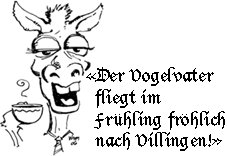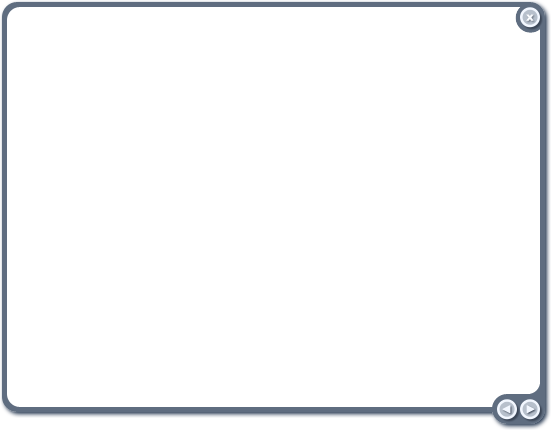
There are quite a few noteworthy German consonants which pride themselves on tripping up English speaking guests in their language:
We will try to elucidate these sounds on the next few pages, or at least provide some articulatory fun for you - and possibly your friends who are listening to you learn German. 1. DAS ESZETT / SCHARFES SThe German ß looks pretty funny to most learners, who often mis-read it as a capital ß. It is not a capital B! It's what is called an Eszett, or scharfes S (sharp s), and it's pronounced a lot like the English 's' in words like sweet, curious or strange. Click on the ß below to hear its pronunciation in German followed by the pronunciation of the German words next to it.
ß die Straßenbahn, zu Fuß, die Süßigkeit, ißt∗
∗This word is now written as isst instead of ißt because of the 1996 spelling reform. But you will see it spelled with an ß in many written texts, so you need to be familiar with both forms.
Notice that none of the examples above start with ß. That's because ß is a letter that exists only in the lower case! The Eszett has a long and rather complicated history dating back to the Middle Ages. It first appears in Gothic writing towards the end of the 13th century. While some linguists believe the letter was initially a ligature of ∫ and z, others believe it was a ligature of ∫ and s. The name Eszett reflects the former combination. Either way, the letters morphed over time into a new and unique German letter.
And here is how you can form the ß on your computer:
The letter 's' can be pronounced as an /s/ or a /z/ or like 'sh' in English (called allophones) depending on the other sounds in the word, where it is in the word or even depending on where the speaker is from (see chapters 7-10 for regional variation). S is pronounced as 'sh' after word initial 'st' and 'sp' combinations (or when the combination is at the beginning of a compound in a compound word). It is also pronounced as 'sh' in the trigraph 'sch' as in die Schule (not like sk in English school, schooner, etc.!) Listen to sample vocabulary. Roll mouse over German text to view English translations:
The letter 'z' in German is pronounced like the 'ts' combination in the "English" tse-tse fly. It is easy to forget what the German letter z represents and pronounce it like the English z (as in zebra), but try to avoid doing so. This is one sound that will definitely leave you - ahem - sounding foreign! Listen to sample vocabulary. Roll mouse over German text to view English translations:
the pronunciation is the same for the 'tz' letter combination (digraph)
As native speakers of English, the letters 'v' and 'w' are particularly exciting in German. This is because the German w is pronounced like the English 'v' and the German v is pronounced like the English 'f' (in most cases, although, of course, there are exception to this rule...) Listen to sample vocabulary. Roll mouse over German text to view English translations: 
Exceptions: 1) some words staring with 'V' are pronounced with an initial /v/ and not /f/:
2) Words starting with vu are generally pronounced as /v/+/u/ and not /f/+/u/:
Although 'v' and 'f' look different, they are phonetically the same. As a matter of fact, in German they are homophones (exceptions mentioned above: Vase, Vogel, etc.) because they sound the same. Compare the initial sounds in the following sets of words: Now it's time to practice... so here are some tongue-twister for you to have fun with |




